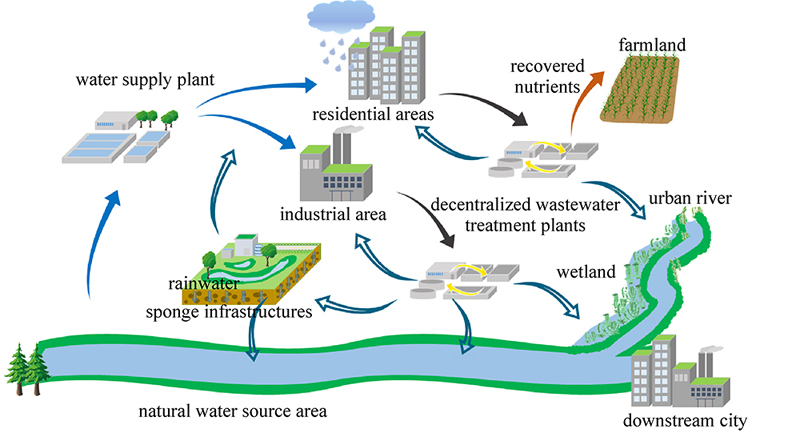
Water pressure is a critical aspect of urban infrastructure, directly impacting the comfort and functionality of homes. In cities, where demand for water is high and supply systems are often complex, understanding how water storage influences water pressure is essential for homeowners and city planners alike. This article explores the relationship between water storage and water pressure, highlighting its significance in urban settings.
The Basics of Water Pressure
Water pressure refers to the force exerted by water within a plumbing system. It is essential for ensuring that water reaches various fixtures throughout a home, including faucets, showers, and appliances. In urban areas, water pressure can fluctuate due to several factors, including the distance from the water source, the elevation of the building, and the condition of the plumbing system.
Types of Water Storage in Urban Homes
In urban environments, homes typically rely on various methods of water storage, including:
Municipal Water Supply: Most urban areas have a centralized water supply system that delivers water to households. This system often includes elevated water tanks that help maintain pressure.
Storage Tanks: Some homes, especially in areas prone to water shortages, utilize overhead or underground water storage tanks. These tanks can store water for times of high demand or supply interruptions.
Pressure Boosters: In buildings where water pressure is consistently low, pressure booster pumps may be installed to increase water flow to higher floors.
The Role of Water Storage in Pressure Regulation
Water storage plays a crucial role in maintaining consistent water pressure in urban homes. Here’s how:
Buffer Against Demand Fluctuations: Water storage tanks act as buffers during peak usage times, such as mornings when many residents are showering and using appliances. By storing excess water during off-peak times, these tanks help ensure that adequate pressure is available when demand spikes.
Gravity and Elevation: Elevated storage tanks utilize gravity to provide consistent water pressure. The higher the tank, the greater the pressure generated by the weight of the water. This principle is particularly important for homes located at higher elevations or in multi-story buildings, where water must travel upward.
Hydraulic Pressure Systems: In some urban areas, water pressure is managed through hydraulic systems that rely on a network of storage tanks and pumps. These systems can automatically adjust the pressure based on real-time demand, ensuring that homes receive a steady flow of water.
Challenges with Water Storage and Pressure
While water storage is vital for maintaining pressure, several challenges can arise:
Tank Sizing: Inadequate tank size can lead to insufficient water storage, resulting in low pressure during peak demand. Homes must assess their usage patterns to determine the appropriate tank capacity.
Maintenance Issues: Poorly maintained storage tanks can become contaminated or develop leaks, reducing their effectiveness. Regular inspections and cleanings are essential to ensure that tanks function correctly and maintain water quality.
Aging Infrastructure: In many urban areas, the existing water supply infrastructure may be outdated, leading to pressure issues. Aging pipes and facilities can result in leaks and reduced efficiency, impacting the entire system’s ability to deliver water effectively.
Conclusion
The relationship between water storage and water pressure is crucial for the functionality of urban homes. By understanding how different storage methods impact pressure and addressing potential challenges, homeowners and city planners can work together to create a more efficient and reliable water supply system. This will not only enhance the quality of life for residents but also contribute to the sustainability of urban environments.


